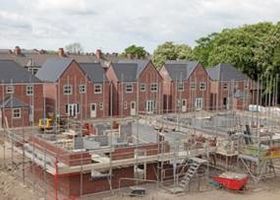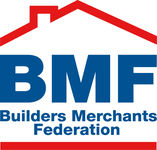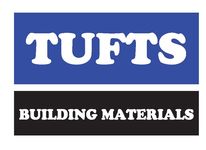Resilience
Climate Change
The reduction in energy use and carbon emissions in the built environment is universally agreed to be vital if the UK is to achieve the legally binding Net Zero 2050 targets. Part of fulfilling this objective is the need to reduce the energy consumption of new homes by 50% by 2030. This requires careful design, reduced energy use by better technology, as well as influencing occupants’ behaviour. There is an urgent need to commission independent research on matters such as Climate Change and Fire Safety. This evidenced based approach will help to ensure that any changes to the way we construct, insulate and ventilate our buildings, do not result in unintended consequences. We must avoid making emotional decisions and acting before we have the social and economic solutions in place, including UK manufacturing and a trained workforce. A fabric-first design-approach is vital. Whilst further improvements to newbuild will contribute to reducing energy consumption, targets will only be met if we intervene at scale to improve the existing housing stock.
Design versus Performance and Quality
 It is important to strive for excellence through effective design, construction and maintenance of all buildings. Reoccurring poor performance issues should be identified and eradicated. A cultural change, similar to the way the industry has embraced health and safety, is required and needs to be supported through training and enhanced quality control on site.
It is important to strive for excellence through effective design, construction and maintenance of all buildings. Reoccurring poor performance issues should be identified and eradicated. A cultural change, similar to the way the industry has embraced health and safety, is required and needs to be supported through training and enhanced quality control on site.The CITB levy should fund Continuous Professional Development for all those working in ‘core’ building trades.
The Government should actively consult on ways to improve quality, increasing consumer confidence, enhancing safety, and improving communication for all involved in the design and construction of new build and renovation projects.
Fire and Building Resilience
The tragedy of Grenfell changes everything. Avoidance of major loss of life and property through fire is nonnegotiable. Where practical any building where there is a sleep risk or where vulnerable people are likely to be present should be constructed using noncombustible materials.Thermal mass and well-designed ventilation will reduce overheating and enhance indoor air quality. Appropriate interventions now will avoid an increase in the use of air conditioning that would undermine our obligations to meet Net Zero 2050.




















































